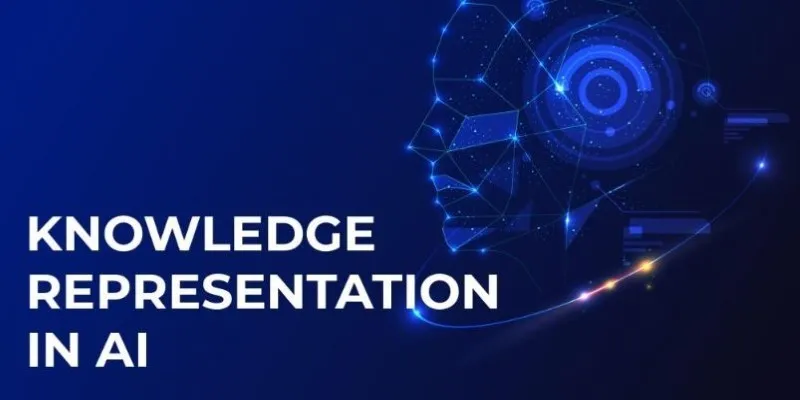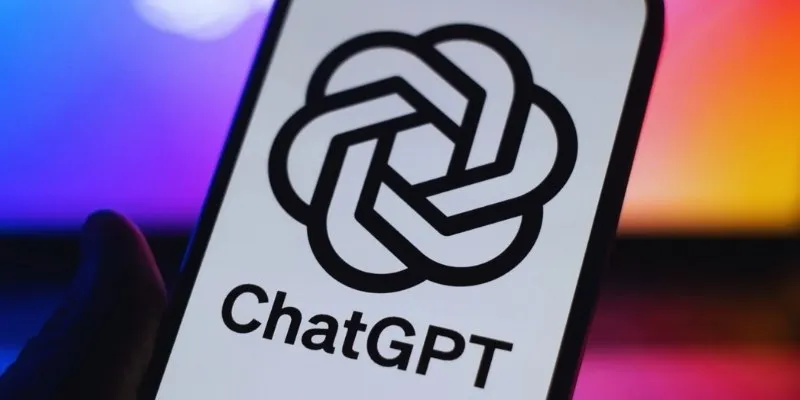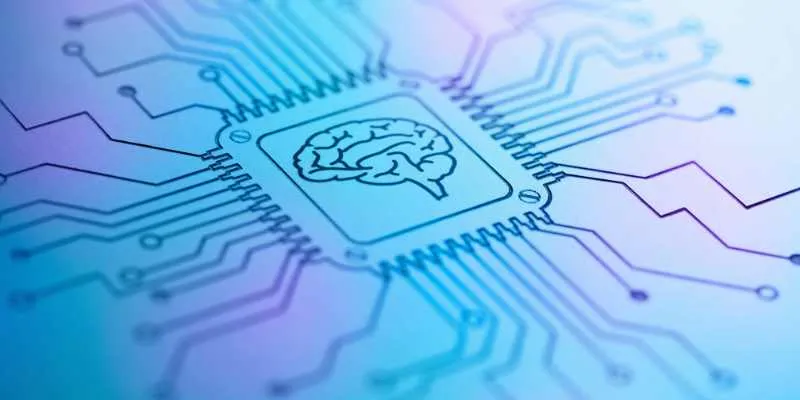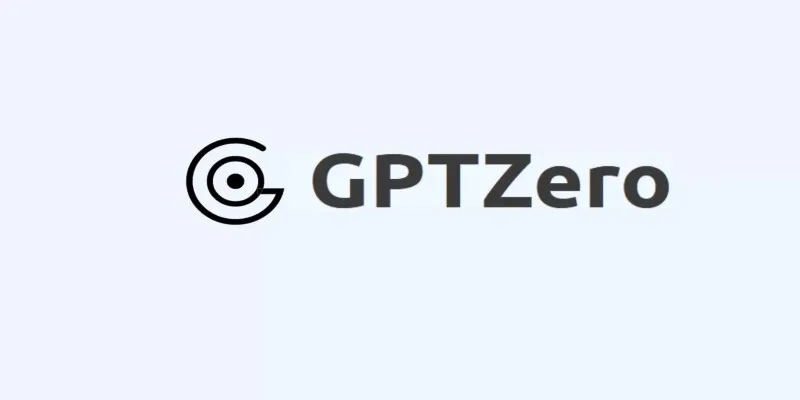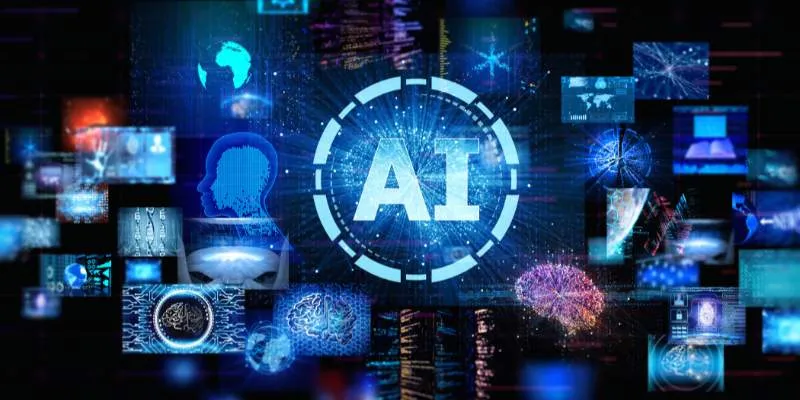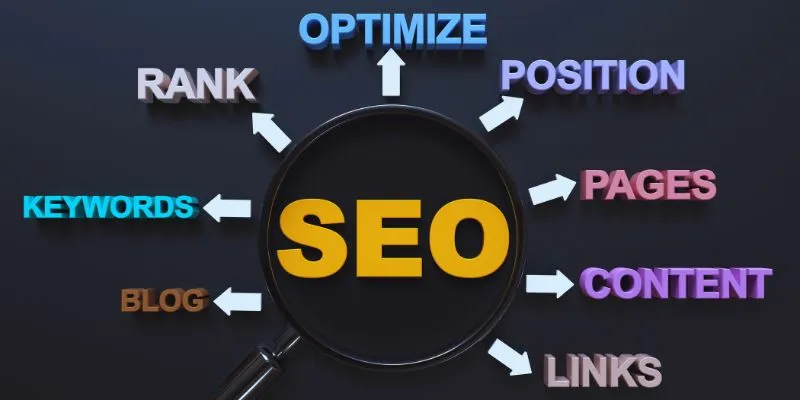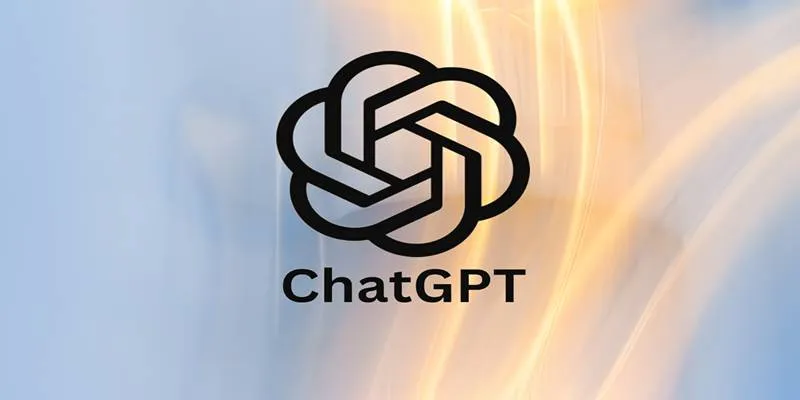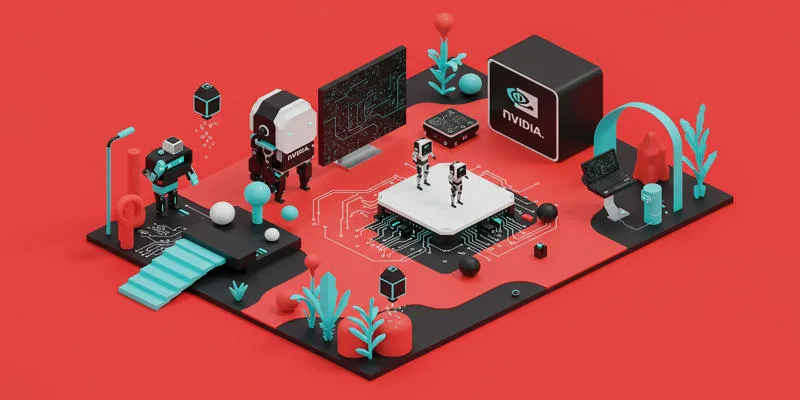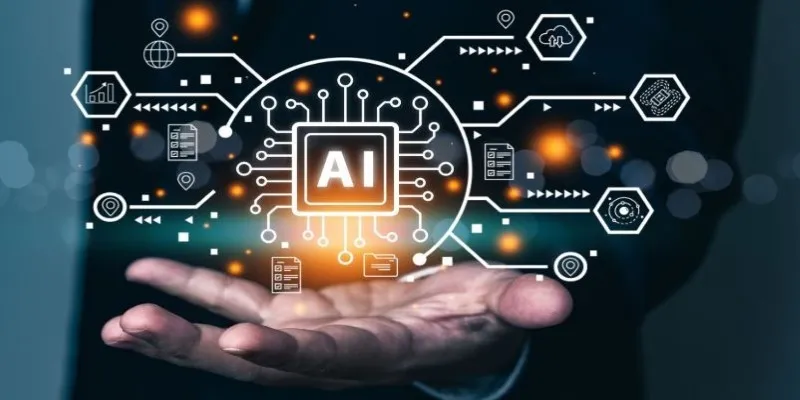OpenAI introduced GPT-4.5 as the latest advancement in its generative pre- trained transformer model family, launching on February 27, 2025. GPT-4.5 bridges the gap between GPT-4 and the anticipated future release of GPT-5. This model introduces capabilities for more natural and fluid conversations, enhanced emotional intelligence, and improved performance. This article provides a comprehensive overview of GPT-4.5, highlighting its features, training methodologies, applications, and its evolution from previous models.
What Is GPT-4.5?
 GPT-4.5 from
OpenAI is the company’s latest Large Language Model (LLM), enhancing the core
capabilities of GPT-4 with significant advancements in language comprehension
and dialogue functionality. Unlike previous models, GPT-4.5 is designed for
diverse general-purpose applications, making it highly versatile across
various scenarios.
GPT-4.5 from
OpenAI is the company’s latest Large Language Model (LLM), enhancing the core
capabilities of GPT-4 with significant advancements in language comprehension
and dialogue functionality. Unlike previous models, GPT-4.5 is designed for
diverse general-purpose applications, making it highly versatile across
various scenarios.
OpenAI CEO Sam Altman announced GPT-4.5 via a post on X, describing it as the “first model that resembles conversing with a philosophical individual,” emphasizing its advanced emotional and linguistic capabilities.
Key Features of GPT-4.5
GPT-4.5 boasts several disruptive features that set it apart from its predecessors.
1. Natural Conversation
This model generates responses that mimic human behavior and demonstrate enhanced perception of verbal interaction components, resulting in a smoother user dialogue experience.
2. Emotional Intelligence
GPT-4.5’s new sentiment analysis system allows it to understand and respond to complex emotional queries, whether offering advice or showing empathy.
3. Content Generation
The model produces advanced text content, including detailed articles, creative stories, and professional technical documents.
4. Content Summarization
GPT-4.5 excels at generating concise yet detailed summaries from extensive documents, maintaining accuracy and comprehension.
5. Multilingual Proficiency
Supporting 14 languages, including Arabic, Chinese, French, Hindi, Spanish, and Swahili, GPT-4.5 surpasses GPT-4 in multilingual benchmark performance.
6. Programming Assistance
Developers benefit from GPT-4.5 as an interactive programming partner, offering code reviews, enhancement recommendations, and generating new application framework bases.
7. File and Image Analysis
Users can submit files for analysis and perform image-based recognition and extraction operations with GPT-4.5.
How Was GPT-4.5 Trained?
OpenAI utilized complex training algorithms to optimize GPT-4.5’s performance, minimizing inaccurate outputs known as hallucinations. Key training methodologies include:
1. Supervised Fine-Tuning
Human trainers guided GPT-4.5 to respond accurately to instructions while filtering out harmful material during its learning process.
2. Reinforcement Learning from Human Feedback (RLHF)
The model used feedback from human evaluators, ranking the quality and helpfulness of outputs to refine its responses through iterative evaluations.
3. Instruction Hierarchy Training
GPT-4.5 prioritizes system commands over user commands, reducing potential vulnerabilities from prompt manipulation.
These methodologies combine to create a reliable model that delivers safe and effective results aligned with user objectives.
Applications of GPT-4.5
 GPT-4.5’s flexible design enables its application across various business
sectors.
GPT-4.5’s flexible design enables its application across various business
sectors.
1. Customer Support
Its natural conversational skills make it an ideal smart chatbot solution for businesses, responding to complex customer inquiries compassionately.
2. Education
GPT-4.5 serves as a digital educational guide, crafting specialized lessons for students in subjects like mathematics and history.
3. Healthcare
Healthcare professionals use GPT-4.5 to extract valuable insights from medical publications and provide clinical support within ethical guidelines.
4. Content Creation
The model’s text-generation capabilities assist writers, marketers, and journalists in drafting articles, creating ad content, and generating creative concepts.
5. Software Development
Developers utilize GPT-4.5 for coding support, optimizing debugging tasks, and reducing project execution times.
How Does GPT-4 Compare to GPT-4.5?
While both models share foundational similarities as transformer-based LLMs, key differences distinguish GPT-4 from its successor:
| Feature | GPT-4 | GPT-4.5 |
|---|---|---|
| Release Date | March 2023 | February 2025 |
| Focus Area | Multimodal capabilities | General-purpose AI |
| Conversational Abilities | Advanced | Highly nuanced |
| Emotional Intelligence | Limited | Enhanced |
| Multilingual Proficiency | Moderate | Superior |
| Hallucination Rate | Higher | Lower |
These enhancements make GPT-4.5 a more versatile tool for both general users and specialized professionals.
How to Access GPT-4.5
- GPT-4.5 is accessible through various OpenAI platforms.
- ChatGPT Pro subscribers can unlock premium features utilizing the GPT-4.5 model for $200 per year.
- ChatGPT Plus offers limited features for $20 per month.
- Developers can integrate the model via its API, with pricing at $75 per million input tokens and $150 per million output tokens.
- Organizations can access the model through Microsoft Azure OpenAI Service, offering scalable infrastructure deployment.
Challenges and Limitations
Despite its advancements, GPT-4.5 still faces challenges:
- API access costs may deter smaller organizations from adopting it.
- Ethical concerns about generative AI misuse, such as deepfakes and misinformation, persist.
- The model’s training on extensive data still leaves unknown gaps in specific domains and complex queries.
OpenAI continues to address these challenges as it develops AI technologies further.
Conclusion
GPT-4.5 represents a significant leap forward for OpenAI, enabling the development of intuitive AI systems that drive global industrial transformation. By blending advanced dialogue capabilities with emotional processing, supporting multiple languages, and generating comprehensive written content, GPT-4.5 defines modern generative AI.
Organizations’ integration of AI into operational systems relies on tools like GPT-4.5, which serve as fundamental mechanisms for technological advancement alongside ethical practices. Understanding GPT-4.5’s features allows developers and enterprises to maximize its capabilities and benefits in today’s technology landscape.
 zfn9
zfn9


